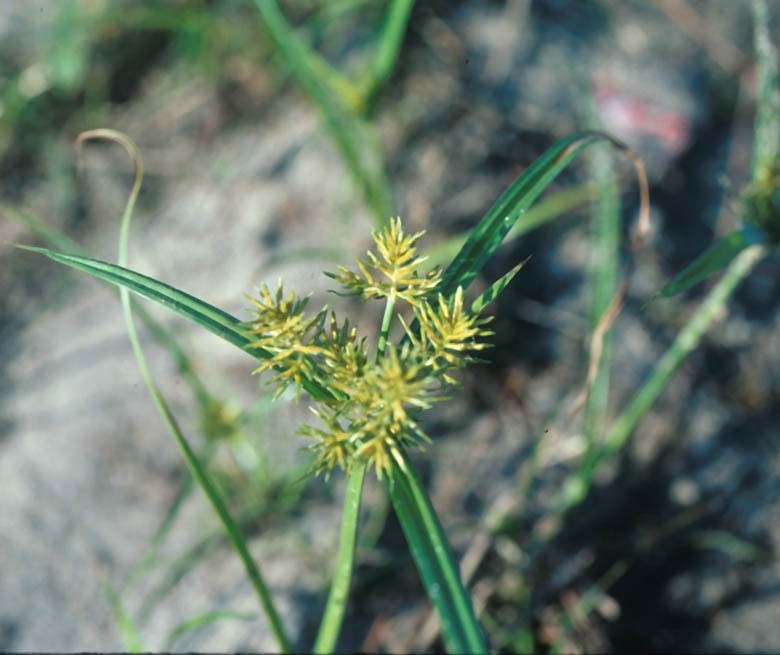By Clint Thompson
One of the main weed threats to vegetable production requires a year-round management strategy, not just when the crop is in season.

Stanley Culpepper, University of Georgia (UGA) Cooperative Extension weed specialist, discussed the nutsedge management during the Southeast Regional Fruit and Vegetable Conference in Savannah, Georgia.
“Nutsedge is always a problem in vegetable production. It’s such a challenge in our plasticulture. It’s the only weed that can obviously penetrate the mulch on its own,” Culpepper said. “We invest a lot of money to control nutsedge in plasticulture. If we could reduce those populations, we could actually reduce the cost of the fumigant program.”
According to University of Florida Institute of Food and Agricultural Sciences, nutsedges spread by underground roots and produce tubers. Yellow nutsedge produces fewer but larger tubers, but purple nutsedge produces more but smaller tubers. Producers need to remove the tubers to achieve maximum nutsedge control. Farmers can hand-weed, but if they don’t remove the tubers, the nutsedge will just grow back.
Nutsedge adapts to different growing conditions and thrives on intense sunlight. It is most prevalent in fields with a lot of spacing between rows or between plants in rows.
While the weed remains a problem for Southeast producers, it can be managed more effectively, explains Culpepper.
“What we would like to see our growers doing is thinking nutsedge 365 days a year. When we’re between crops or we’re taking that field out and go to an agronomic crop, how do we knock the seedbank down? When you think about your problematic weeds, you have to begin on the seedbank,” Culpepper said. “If we could drive those tuber numbers in the soil down by running good programs 365 days a year, we can eventually win.
“The key word is eventually, because there’s a reason it’s the most problematic pest. That’s the key. It’s the system. It requires both chemical and mechanical control with intelligence.”
During the fallow period, or the time when the field is not being used, growers should utilize a herbicide and cultivation combination. It is an effective fallow management tool for reducing nutsedge populations.
Weed control is an important part of a producer’s integrated pest management system. Nutsedge will compete for essential nutrients and water that crops need to grow. Weeds can also serve as a host for nematodes or other fungi and other diseases.









